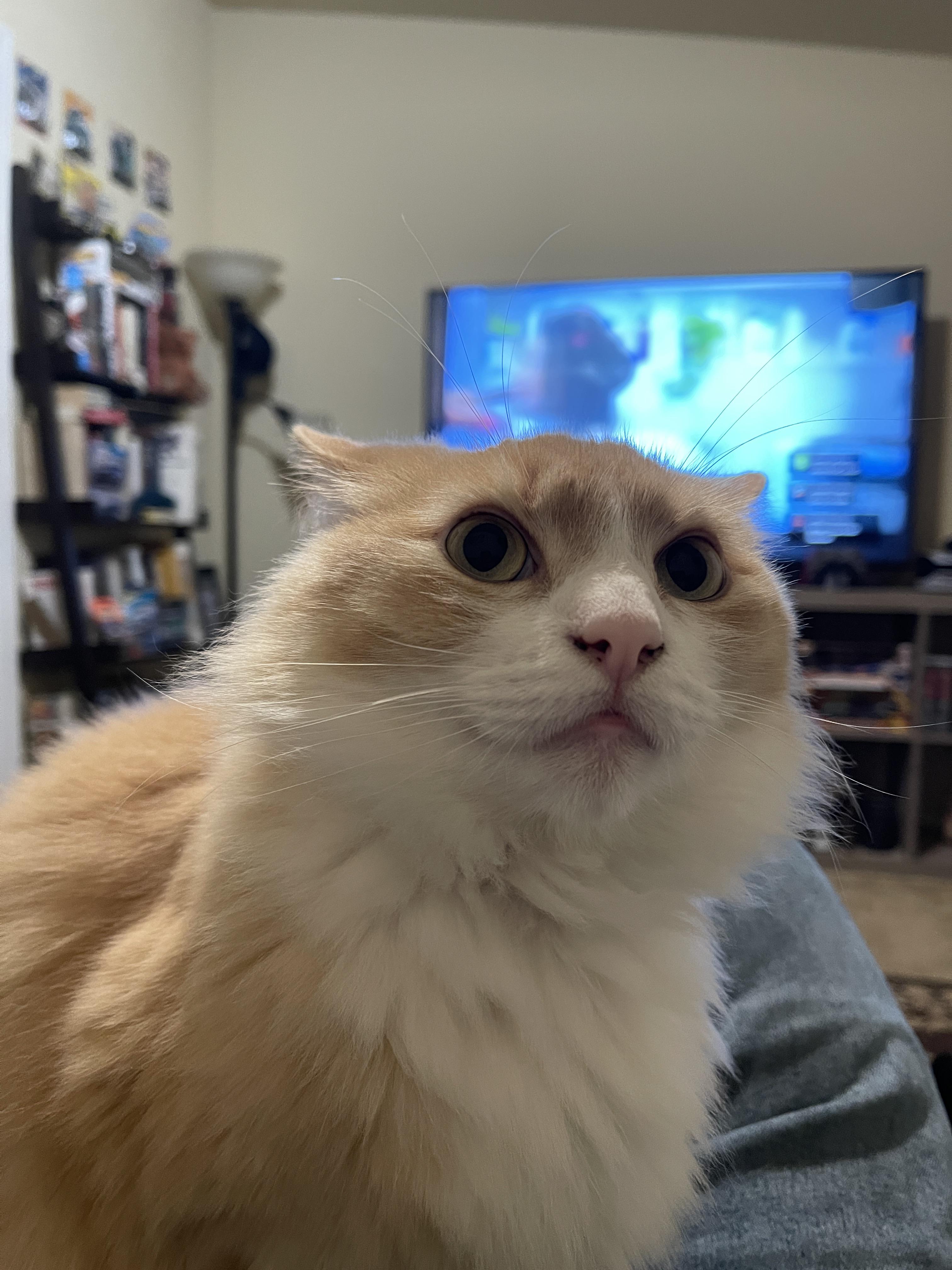Those claiming AI training on copyrighted works is “theft” misunderstand key aspects of copyright law and AI technology. Copyright protects specific expressions of ideas, not the ideas themselves. When AI systems ingest copyrighted works, they’re extracting general patterns and concepts - the “Bob Dylan-ness” or “Hemingway-ness” - not copying specific text or images.
This process is akin to how humans learn by reading widely and absorbing styles and techniques, rather than memorizing and reproducing exact passages. The AI discards the original text, keeping only abstract representations in “vector space”. When generating new content, the AI isn’t recreating copyrighted works, but producing new expressions inspired by the concepts it’s learned.
This is fundamentally different from copying a book or song. It’s more like the long-standing artistic tradition of being influenced by others’ work. The law has always recognized that ideas themselves can’t be owned - only particular expressions of them.
Moreover, there’s precedent for this kind of use being considered “transformative” and thus fair use. The Google Books project, which scanned millions of books to create a searchable index, was ruled legal despite protests from authors and publishers. AI training is arguably even more transformative.
While it’s understandable that creators feel uneasy about this new technology, labeling it “theft” is both legally and technically inaccurate. We may need new ways to support and compensate creators in the AI age, but that doesn’t make the current use of copyrighted works for AI training illegal or unethical.
For those interested, this argument is nicely laid out by Damien Riehl in FLOSS Weekly episode 744. https://twit.tv/shows/floss-weekly/episodes/744


Generative AI is not ‘influenced’ by other people’s work the way humans are. A human musician might spend years covering songs they like and copying or emulating the style, until they find their own style, which may or may not be a blend of their influences, but crucially, they will usually add something. AI does not do that. The idea that AI functions the same as human artists, by absorbing influences and producing their own result, is not only fundamentally false, it is dangerously misleading. To portray it as ‘not unethical’ is even more misleading.
Production AI is highly tuned by training data selection and human feedback. Every model has its own style that many people helped tune. In the open model world there are thousands of different models targeting various styles. Waifu Diffusion and GPT-4chan, for example.
Sure, training data selection impacts the output. If you feed an AI nothing but anime, the images it produces will look like anime. If all it knows is K-pop, then the music it puts out will sound like K-pop. Tweaking a computational process through selective input is not the same as a human being actively absorbing stimuli and forming their own, unique response.
AI doesn’t have an innate taste or feeling for what it likes. It won’t walk into a second hand CD store, browse the boxes, find something that’s intriguing and check it out. It won’t go for a walk and think “I want to take a photo of that tree there in the open field”. It won’t see or hear a piece of art and think “I’d like to be learn how to paint/write/play an instrument like that”. And it will never make art for the sake of making art, for the pure enjoyment that is the process of creating something, irrespective of who wants to see or hear the result. All it is designed to do is regurgitate an intersection of what it knows that best suits the parameters of a given request (aka prompt). Actively learning, experimenting, practicing techniques, trying to emulate specific techniques of someone else - making art for the sake of making art - is a key component to humans learning from others and being influenced by others.
So the process of human learning and influencing, and the selective feeding of data to an AI to ‘tune’ its output are entirely different things that cannot and should not be compared.